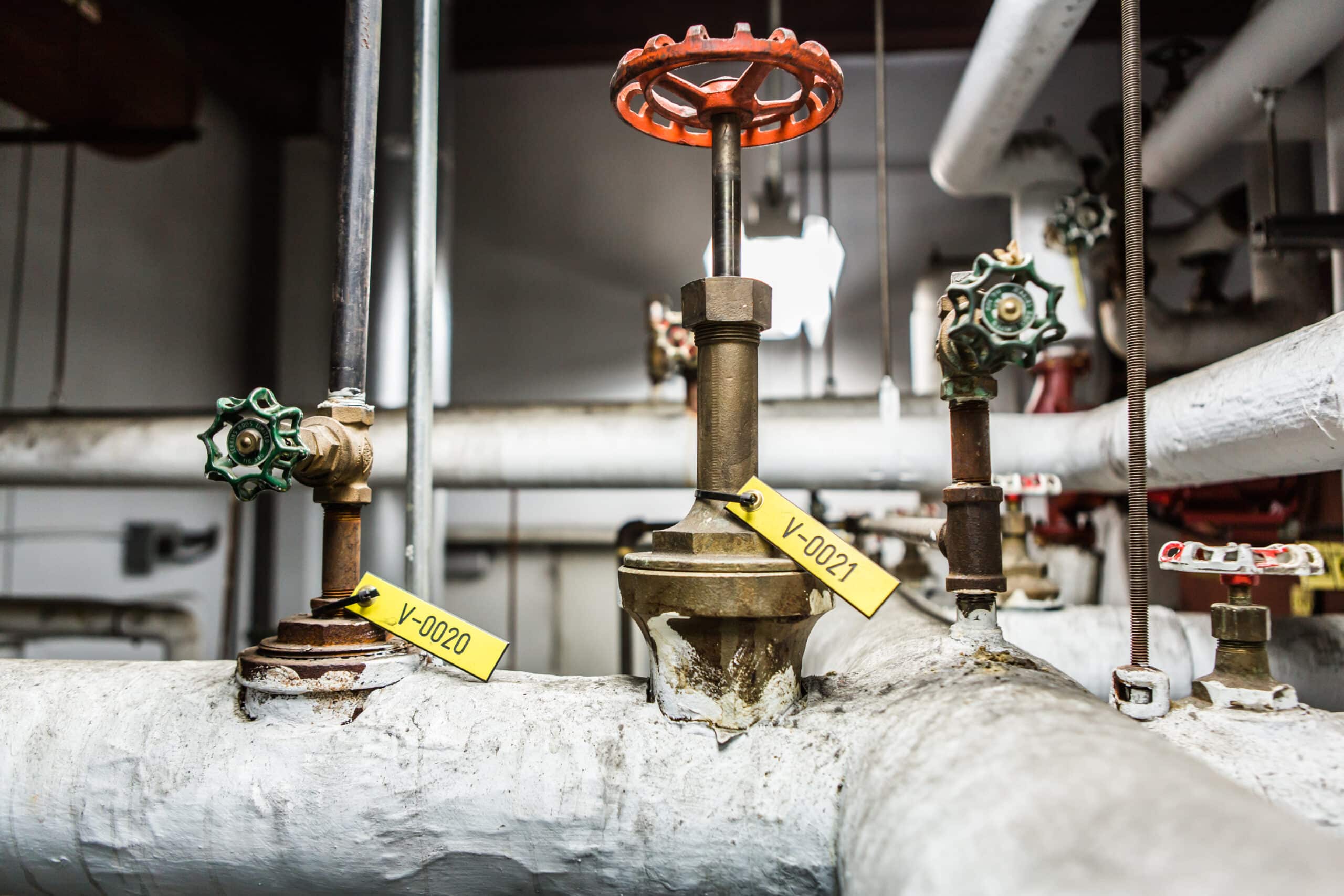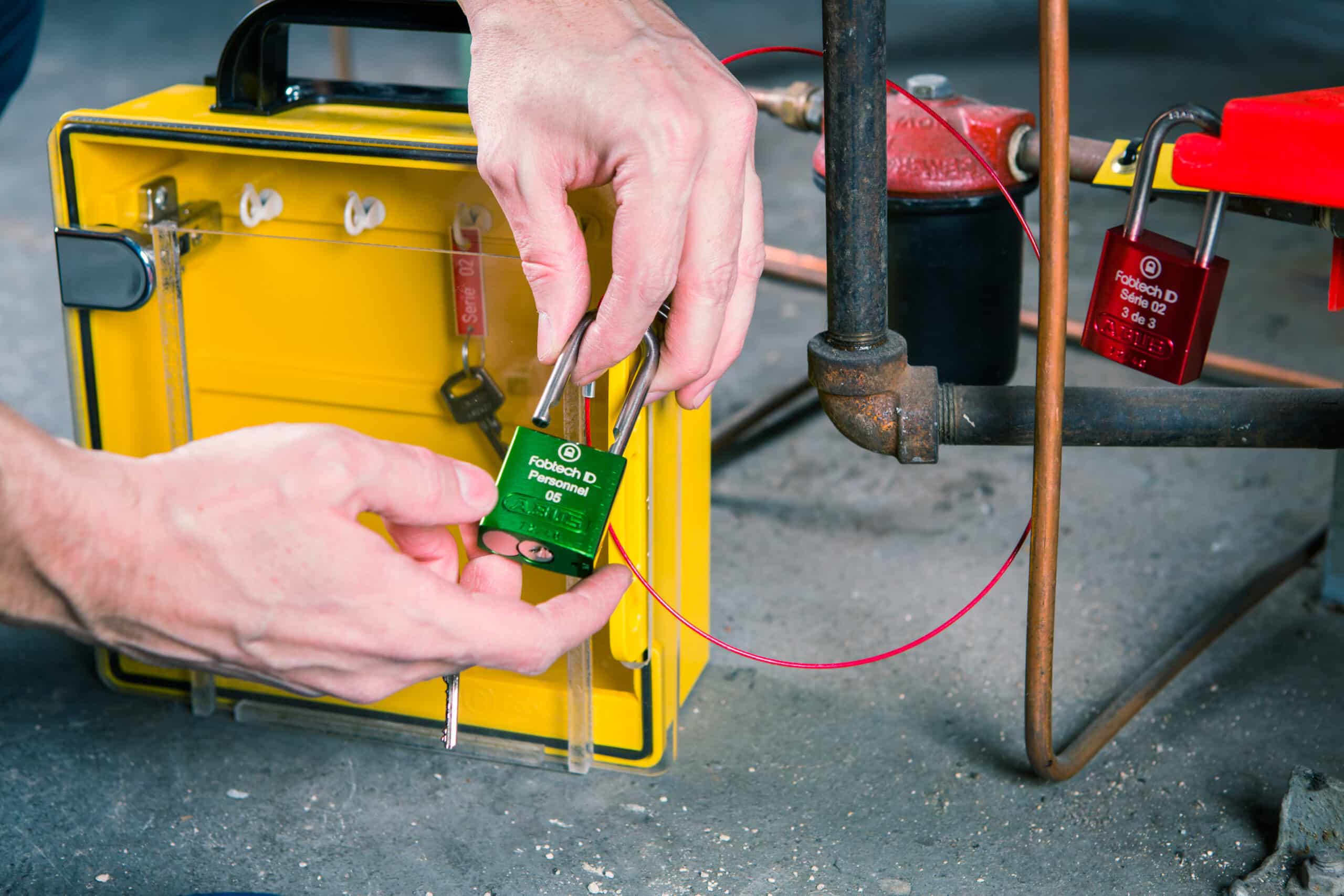Lockout/Tagout – Inspections


LOTO | Different Types of Locks for Different Purposes
9 November 2023
Throughout the years, I’ve seen a lot of things in the industry when it comes to padlocks – single personal padlocks, multiple personal padlocks, control padlocks, padlock series, and so on. When it comes to LOTO there are different types of locks for Lockout Tagout. Here’s a quick guide on the different types of padlocks you should consider for your facility.
This first set of padlocks are used specifically to guarantee the safety of workers while work, most usually maintenance, is being performed on machines.
It is generally not recommended to issue more than a single personal padlock to each authorized employee. Although it can work in certain specific cases (facilities where 90% of the machines have 2 isolation points), multiple personal padlocks should never be used to lockout 2 different pieces of equipment. You can’t be working at 2 places at once, so neither should your personal padlocks.
Relatively self explanatory, these types of padlocks serve the same function as personal padlocks, but are borrowed by either an external resource that has to visit a locked out area or an employee who lost their personal padlock.
These locks are used whenever the amount of energy isolation device for a given lockout exceeds the number of personal padlocks provided to each employee. When every energy isolating device will have been locked, the key to the equipment padlocks and the remaining equipment padlocks will go in the lockout box onto which individual employees will put their personal padlock. This will ensure that, as long as there is a single personal padlock on the box, all of the energy isolating devices cannot be unlocked, thus guaranteeing the safety of workers.
This second set of padlocks are mostly used to control the equipment’s return to service. Each of these locks could potentially have more than a single key, thus making them unsafe to use by themselves to guarantee the safety of individual employees.
The reason why the departmental padlocks cannot be used to guarantee the safety of individual workers or even the integrity of a lockout is that multiple employees from a department may have the key to unlock it. The main purpose of these locks is really just to signal to employees who would want to return the equipment to service that they have to get in touch with a specific department to do so. On larger outages, there might sometimes be multiple departmental padlocks on a given lockout box, signalling that multiple groups of people have to give their consent before the equipment can be safely restarted.
Although the basics of the control padlocks are similar to departmental padlocks, there is one key difference. The keys belong to management personnel. Legally speaking, the management personnel represents the employer and therefore have specific responsibilities towards employees. This allows you to use control padlocks not only as a continuity item, like a departmental padlock, but also as an integrity item, like a car seal.
I know, this isn’t really a padlock, but it’s common enough as a lockout tool that I wanted to include it as well. Alone, the car seal cannot be used to properly secure a lockout box. In combination with a departmental padlock or especially a control padlock, the car seal can be used to guarantee the lockout hasn’t been tampered with, giving employees the confidence to execute the work.
We could explore even further, the different types of locks for lockout tagout, but they would mostly be variations of the main types we just talked about. If you would like to know more or think we forgot something, feel free to reach out to us!
For over 35 years, CONFORMiT’s Lockout Tagout system has been optimizing production, minimizing worker risks, and maximizing profits for high-risk industries across North America. Our zero-training-required, AI-powered enterprise solution frees employees from clumsy, chaotic processes. Unlocking safety excellence has never been so simple.
CONFORMiT enables its clients and their communities to provide a healthy and safe workplace while improving their productivity and profitability to build a more sustainable future.